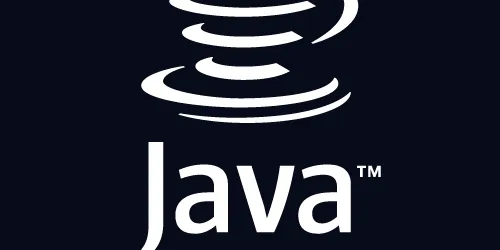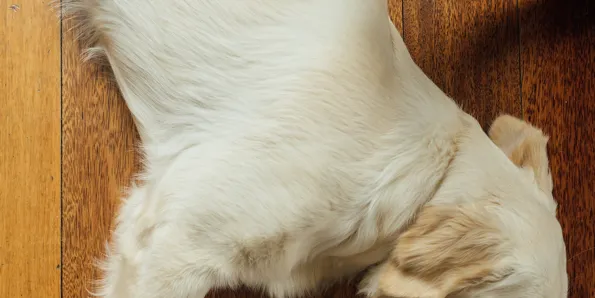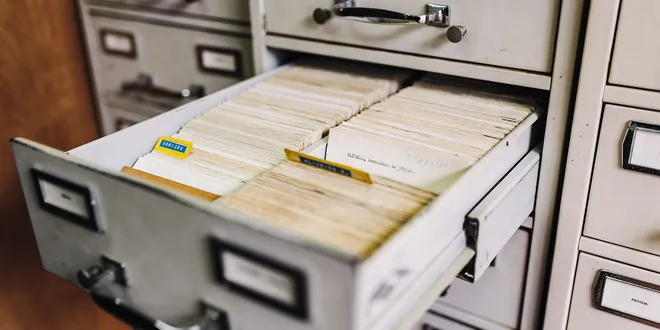File IO Java

File IO
Introduction Java I/O (Input and Output) is used to process the input and produce the output. Java uses the concept of stream to make I/O operation fast. The java.io package contains all the classes r...
📚 Read more at Essential Java🔎 Find similar documents

FileInputStream and FileOutputStream in Java: A Guide to Reading and Writing Files
Photo by Cam Adams on Unsplash In Java, file handling is a crucial aspect of many applications, especially when it comes to reading from and writing to files. Among the many tools provided by Java, Fi...
📚 Read more at Javarevisited🔎 Find similar documents

Mastering Java File Handling: From java.io Streams to NIO in 2025
Your ultimate guide to mastering Java file handling, from the fundamentals of java.io to the high-performance capabilities of NIO.2 and beyond. Whether you’re writing your first “Hello, World!” progr...
📚 Read more at Javarevisited🔎 Find similar documents

Java I/O Fundamentals: Day 18 – Mastering File Operations
Welcome to Day 18 of our 30-Day Java Challenge! Today, we dive into Java’s Input/Output (I/O) fundamentals, focusing on file operations. Java I/O API offers a comprehensive set of I/O streams to read ...
📚 Read more at Javarevisited🔎 Find similar documents

Common I/O Tasks in Modern Java
Introduction This article focuses on tasks that application programmers are likely to encounter, particularly in web applications, such as: Reading and writing text files Reading text, images, JSON f...
📚 Read more at Learn Java🔎 Find similar documents

Migrating from java.io.File to Java 7 NIO java.nio.file.Path
These examples assume that you already know what Java 7’s NIO is in general, and you are used to writing code using java.io.File . Use these examples as a means to quickly find more NIO-centric docume...
📚 Read more at Essential Java🔎 Find similar documents

FileReader and FileWriter in Java: Simplified File Handling
Photo by Drew Coffman on Unsplash In Java, file handling is a fundamental aspect of many applications, especially when dealing with text-based data. In our previous article, we explored FileInputStrea...
📚 Read more at Javarevisited🔎 Find similar documents

From the Java Library:
Section 4.6 From the Java Library: java.io.File and File Input (Optional) In addition to command-line and GUI user interfaces, there is one more standard user interface, files. In this section we show...
📚 Read more at Java Java Java: Object-Oriented Problem Solving🔎 Find similar documents

Reading and Writing Files in Java: A Comprehensive Guide
File handling is an essential aspect of programming, and Java provides numerous libraries for handling files. In this article, we will discuss how to read and write files using Java libraries.Java pro...
📚 Read more at Javarevisited🔎 Find similar documents

Understanding the java.nio.file.Path Class in Java
The java.nio.file.Path class is a cornerstone of the Java NIO (New Input/Output) package, introduced in Java 7. It provides an efficient way to represent and manipulate file and directory paths. Unlik...
📚 Read more at Javarevisited🔎 Find similar documents

Understanding the Main Java I/O Concepts
Introducing the Java I/O API The I/O in "Java I/O" stands for Input / Output. The Java I/O API gives all the tools your application needs to access information from the outside. For your application,...
📚 Read more at Learn Java🔎 Find similar documents

Files
Section 11.2 Files T he data and programs in a computer's main memory survive only as long as the power is on. For more permanent storage, computers use files , which are collections of data stored on...
📚 Read more at Introduction to Programming Using Java🔎 Find similar documents

